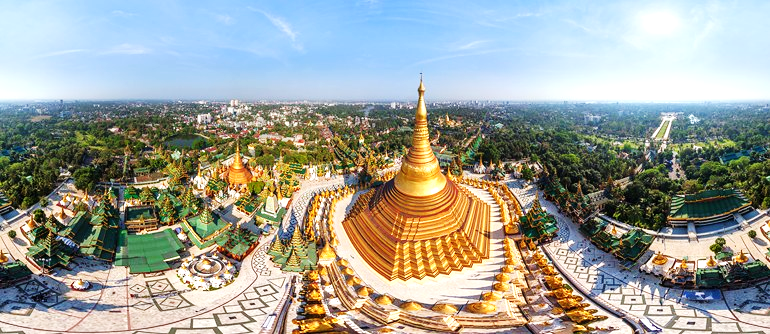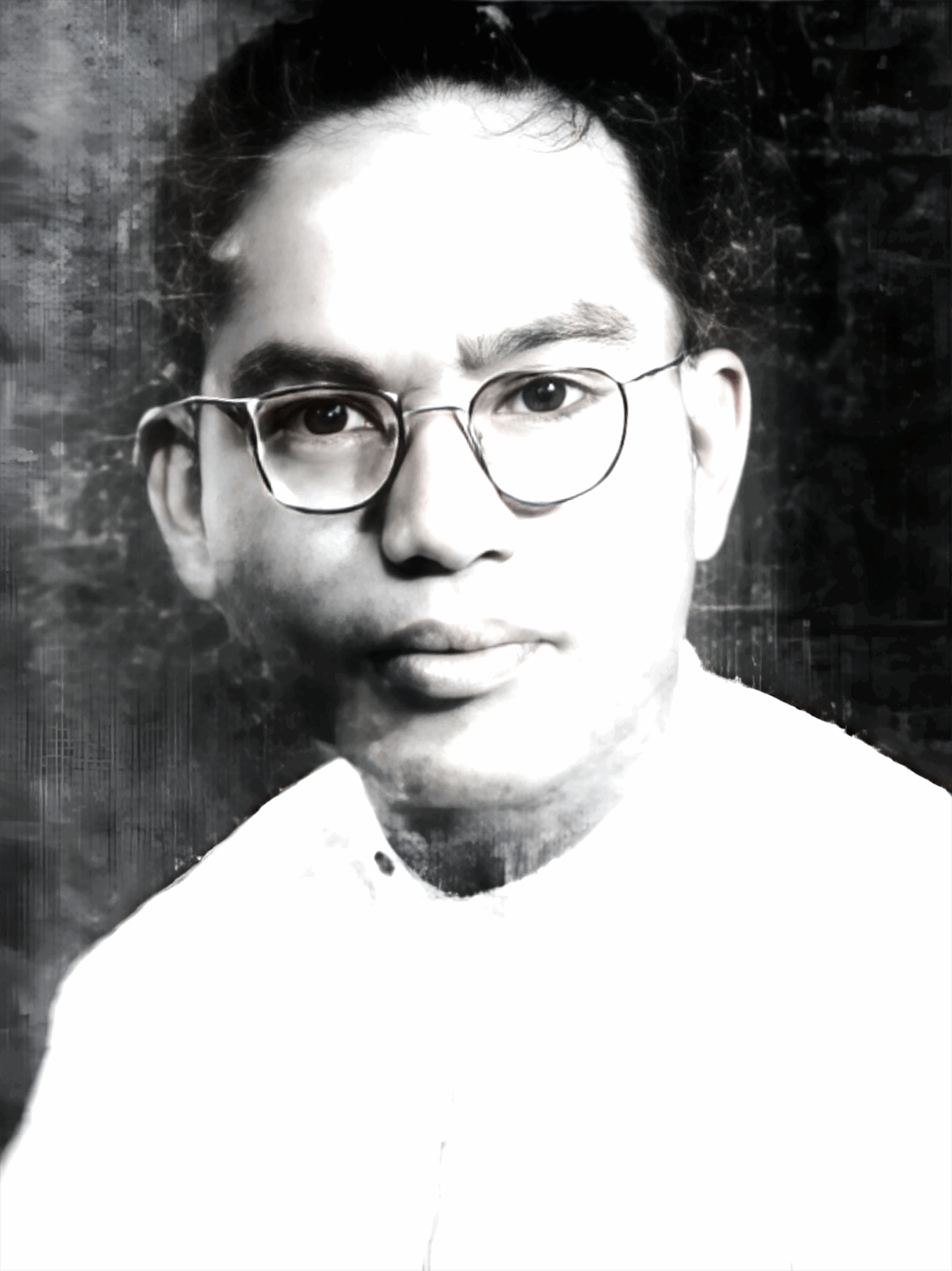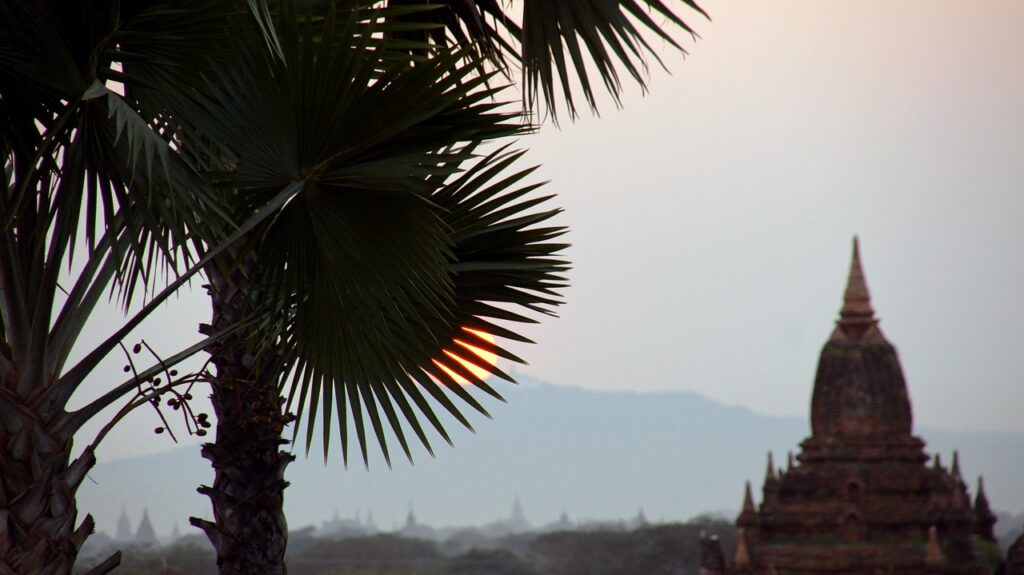Myanmar’s Value – Myanmar’s Future
Posted_Date
Image
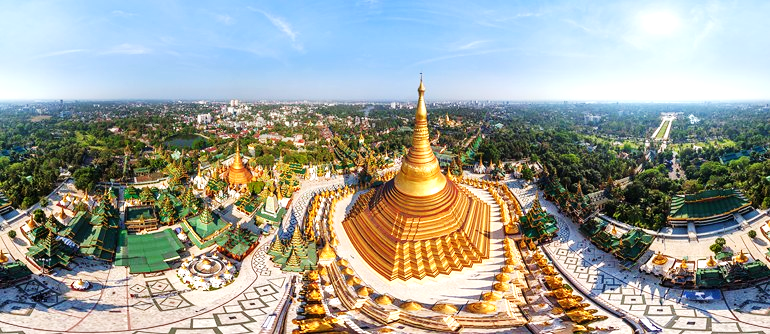
Body
“From the cool, soothing fragrance of Thanaka,
To the radiant blossoms of the twelve-season flowers’ petals,
From the tranquil currents of the Irrawaddy,
To the verdant majesty of the Yoma mountain ranges …
The strength of the Myanmar people
Lies deeply in our cherished heritage —
Anchored in the enduring values
Those who have shaped our nation through times.”
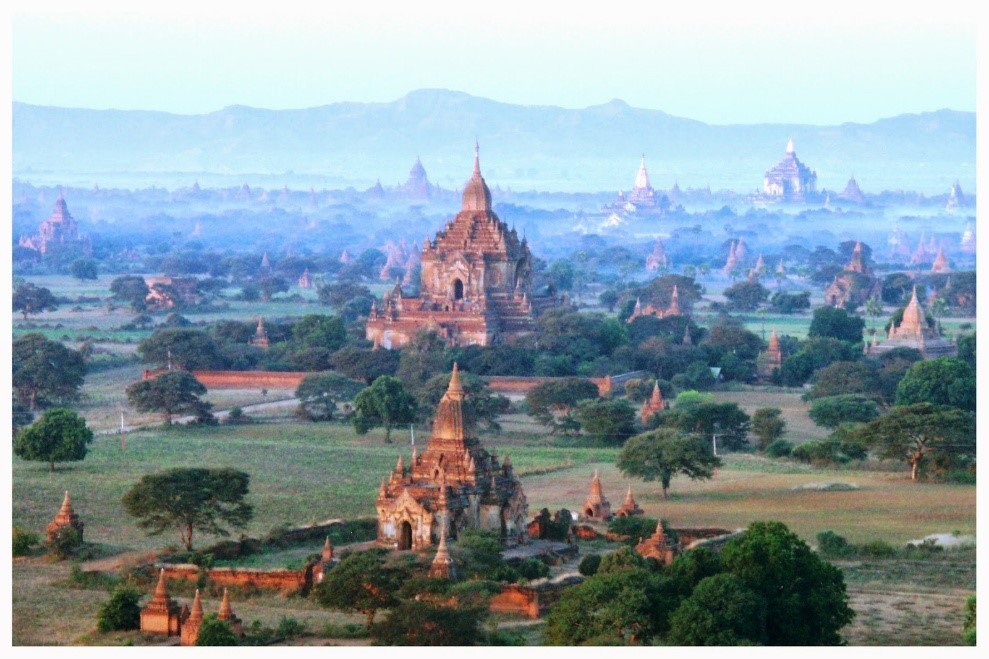
Bagan.
Myanmar is a nation imbued with a steadfast history and a rich tapestry of cultural traditions. From the radiant golden glow of the grand Shwedagon Pagoda to the serene, graceful flow of the Irrawaddy River, the identity of this land has been shaped through centuries by enduring customs and the quiet strength of its diverse ethnic peoples.
Indeed, the essence of Myanmar’s national character is revealed even within the very name of the country itself. The word “Myanmar” reflects a dual spirit — of agility and resilience. The syllable “Myan” signifies swiftness and harmony in movement, while “Mar” evokes strength, endurance, and the will to persevere. Together, they form a portrait of a people whose resilience is not merely inherited but deeply ingrained in a spirit that has weathered time, conflict, and change with unshakable grace.
Myanmar’s Thanaka is far more than a cosmetic that enhances the beauty and radiance of the skin. It is a symbol of purity, a shield against the sun’s harshness, and a living tradition passed reverently from one generation to the next. Just as Thanaka represents continuity and care, so too do the values of Myanmar refined cultural grace, unwavering unity, and resilient strength stand as enduring legacies that have been handed down and woven into the fabric of national identity.
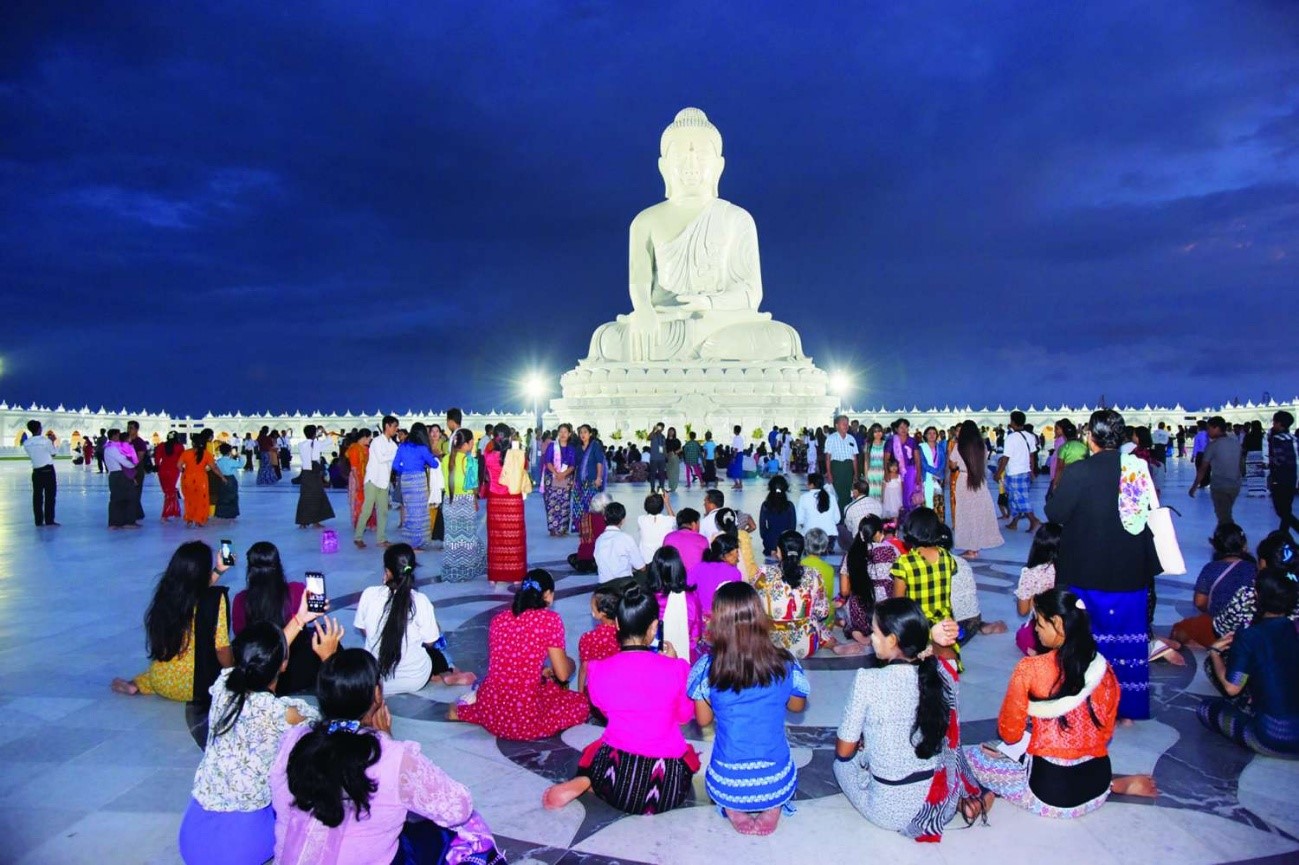
These values, inherited across generations, are not mere abstractions; they have been forged into collective strength – an energy with which the people of Myanmar have met challenge after challenge, swiftly and steadfastly. Such is the essence of Myanmar’s Way: a path born of its soil and soul, authentically Myanmar, led by its people and shaped by its enduring wisdom (Myanmar-Led Myanmar Owned).
Through the tides of time, this nation has endured and emerged, rising from the shadows of colonial rule, navigating the turbulence of insurgency and unrest, and passing through eras marked by competing ideologies and political strife. And yet, in the aftermath of each storm, Myanmar has reemerged — like a radiant rainbow breaking through the clouds — rekindling hope, reaffirming identity, and writing anew the chronicles of a people who endure.


Historical Value
Myanmar stands as a nation distinguished on the world stage by its ancient civilization, remarkable historical heritage, and breathtaking natural beauty. It holds a unique and enduring place in global history, not merely for the longevity of its cultural lineage, but for the profound spirit woven into every era of its past.
From the glorious days of the Bagan Kingdom to the trials of colonial subjugation, through the determined struggle for independence and into the complexities of the modern era, this land has borne witness to a long and storied journey. These legacies are not relics of the past — they are mirrors reflecting the dignity, resilience, and identity of the Myanmar people.
Spanning thousands of years, Myanmar’s historical narrative encompasses the rise of cultures from the Stone Age to the Bronze and Iron Ages, and onward to flourishing urban civilizations. Bagan, in particular, stands as a monumental testament to this cultural evolution, a beacon of artistic, spiritual, and political sophistication that continues to inspire and define the nation’s soul.
From the dawn of Tagaung, where the words “Tagaung Abhiyaza, of the noble Sakya lineage, we the sons of Myanmar” were first inscribed, to the resplendent eras of Tharaykhittaya, Bagan, Pinya, Sagaing, Inwa, Taungoo, Nyaungyan, and Konbaung, the people of Myanmar have, across centuries, reigned with sovereign pride, ruling from thrones of their own making, under crowns forged by their own will.
Throughout this long and enduring historical journey, generations of ancestors offered their blood and sacrifice to uphold the strength and sovereignty of the nation. The annals of history record their noble deeds of valour for independence, of devotion to self-rule, etched not in myth, but in the ink of real sacrifice, preserved faithfully through time.
The value of Myanmar’s history lies not merely in remembering the past, but in drawing lessons from it to shape the future. History is not a closed chapter; it is the foundation upon which vision is built. For us, the present generation, this legacy is a sacred trust, a duty to safeguard, to honour, and to carry forward as we strive to build a peaceful and prosperous nation.
Strategic Geographical Value
Myanmar’s geographic position commands profound significance. Situated at the crossroads of the Indochinese peninsula, it is uniquely poised, bordered to the east by the vast expanse of Asia, including the ASEAN nations and the Pacific Ocean, and to the west by the Indian Ocean along with the broader regions of South Asia.
In essence, Myanmar stands as a vital land bridge, linking two distinct continental regions and flanked by two great oceans. This position not only anchors Myanmar at the nexus of Asia and beyond but also imbues it with unparalleled geopolitical importance.
The country’s maritime connection to the Indian Ocean situates it at the very heart of global trade routes, serving as a critical junction among the continents of Asia, Africa, and Australia. Economically, this affords Myanmar an indispensable role in international commerce. Strategically, it elevates the nation to a position of considerable military and geopolitical relevance, making it a pivotal actor in regional security and global maritime dynamics.
Nestled at the confluence between South Asia and Southeast Asia, Myanmar has long stood as a pivotal hub for trade, diplomacy, and cultural exchange – an enduring testament to its profound geopolitical value. The ancient capital of Bagan, adorned with countless pagodas, once served as a vibrant bridge of history and civilization connecting India, China, and Southeast Asia. It attracted scholars and merchants alike from across the region, weaving Myanmar into the fabric of continental dialogue and commerce.
Strategically positioned on the western edge of the vast Indochinese peninsula, Myanmar’s significance is not merely defined by its geography but is amplified by the abundance of its natural resources, extensive coastline, and access to both natural and man-made ports. Its river systems, fertile lands, proximity to key maritime trade routes, and multiple sea access points further enhance its status as a land of immense value.
This strategic geographic centrality calls upon every citizen of Myanmar to diligently safeguard and preserve these national assets. The people must harness this legacy with wisdom and foresight — transforming Myanmar’s geographic advantages into tangible progress that advances the collective prosperity and sovereignty of the nation.


Economic Value
Economics has long stood as one of Myanmar’s core pillars of national wealth and pride. Historically, Myanmar was renowned as the world’s largest exporter of rice, earning the distinguished title of the “Rice Bowl of Asia”. During the illustrious Bagan period (AD 949–1297), a sophisticated monetary system flourished, utilizing silver coins and ingots, and facilitating vibrant trade with India, China, and neighbouring Southeast Asian states.
Throughout the eras of Inwa, Hanthawaddy, and the Konbaung dynasty (14th to 19th centuries), vital commodities such as salt, teak, and spices dominated trade routes, expanding Myanmar’s commercial ties to Europe — particularly with Portuguese and Dutch traders — as were — as well as with India and China. From jade and precious stones to petroleum and natural gas, Myanmar’s abundant natural resources have secured its reputation as one of the wealthiest nations in Asia.
Today, revitalizing Myanmar’s economic value demands a multifaceted approach. Sustained growth in GDP, expansion of exports, industrial development, and the flourishing of micro, small, and medium enterprises (MSMEs) are essential. Equally crucial are the advancement of the agricultural sector and the stimulation of tourism — all of which must be pursued with deliberate momentum and coordinated effort to restore Myanmar’s rightful place as an economic powerhouse.
Faith, Religion and Cultural Value
Myanmar is a land where faith, spirituality, and cultural traditions have flourished for thousands of years. Throughout its long civilizational journey, the people of Myanmar have persistently preserved and lived in harmony with their religious beliefs and time-honoured cultural practices. Deeply rooted in the teachings of Theravāda Buddhism, Myanmar’s culture is built upon the timeless virtues of compassion, loving-kindness, goodwill, and faith — virtues that continue to bind communities together in unity and purpose.
This communal spirit is vividly reflected in the collective participation of citizens in traditional festivals and religious ceremonies, where devotion and togetherness converge in public expression. The honesty, loyalty, and gratitude that define the Myanmar character are not accidental traits, but values nurtured by the moral discipline and meditative traditions (Vāritta) upheld by generations of Buddhists.
Myanmar is recognized globally as one of the principal countries that embrace Theravāda Buddhism. Yet, it is also a nation that enshrines the freedom to worship — a land where diverse religious beliefs coexist with mutual respect. While Buddhists hold their faith in reverence, they are equally respectful of other beliefs, embracing religious plurality as a mark of cultural maturity.
This spirit of tolerance and spiritual freedom is enshrined in Myanmar’s 2008 Constitution, which guarantees not only political freedoms but also the right to religious liberty, affirming that the strength of a nation lies in the harmony of its beliefs and the dignity of its diversity.
The inscription of Myanmar’s ancient cities — Hanlin, Beikthano, Tharaykhittaya, and the magnificent cultural site of Bagan into the UNESCO World Heritage List stands as a resounding recognition of Myanmar’s cultural grandeur by the global community. This acknowledgement extends further with the Myanmar Thingyan Festival, now inscribed on UNESCO’s Representative List of the Intangible Cultural Heritage of Humanity. Soon, the traditional use of Thanaka, cherished for generations, is also expected to find its rightful place among the world’s safeguarded cultural treasures.
In addition, the State Administration Council has realized a profound vision by commissioning the creation of the Māravijaya Buddha Image — a masterwork of devotion and artistry, now acclaimed as the most intellectually profound stone-carved seated Buddha image in the world. This monumental endeavour not only attests to the flourishing of Theravāda Buddhism within Myanmar but also proclaims the nation’s spiritual brilliance to the world, affirming its role as a central pillar of the Theravāda tradition. It embodies aspirations for national serenity, global peace, and the preservation of sacred heritage.
(To Be Continued)
GNLM


